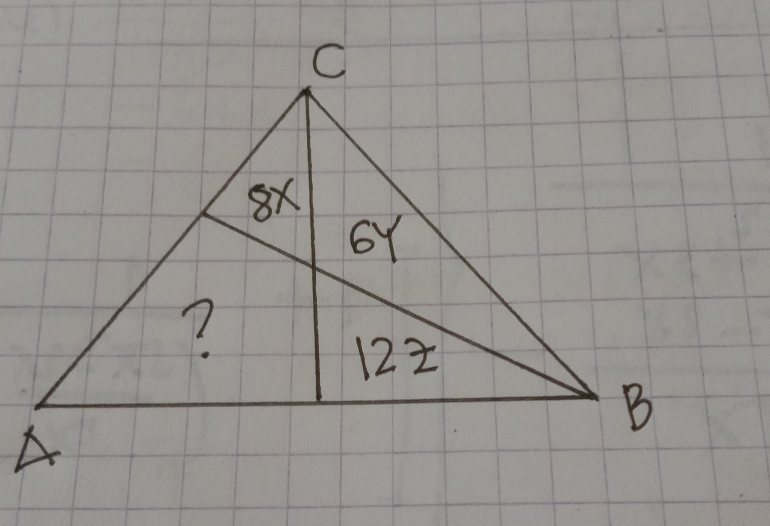
AllQuestion and Answers: Page 1270
Question Number 87988 Answers: 0 Comments: 0
Question Number 87977 Answers: 0 Comments: 2
Question Number 87975 Answers: 0 Comments: 7

Question Number 87969 Answers: 1 Comments: 0

Question Number 87966 Answers: 1 Comments: 0

Question Number 87963 Answers: 0 Comments: 1

Question Number 87952 Answers: 1 Comments: 5

Question Number 87944 Answers: 0 Comments: 1
$$\mathrm{y}\:'\:=\:\frac{\mathrm{2xy}}{\mathrm{y}^{\mathrm{2}} −\mathrm{x}^{\mathrm{2}} } \\ $$
Question Number 87930 Answers: 0 Comments: 0

Question Number 87927 Answers: 1 Comments: 2
Question Number 87939 Answers: 0 Comments: 9

Question Number 87933 Answers: 0 Comments: 10
Question Number 87935 Answers: 1 Comments: 0
Question Number 87920 Answers: 0 Comments: 1

Question Number 87918 Answers: 0 Comments: 1

Question Number 87911 Answers: 0 Comments: 3

Question Number 87910 Answers: 0 Comments: 0
Question Number 87905 Answers: 1 Comments: 1
Question Number 87904 Answers: 2 Comments: 2
Question Number 87903 Answers: 0 Comments: 0
Question Number 87902 Answers: 0 Comments: 0
Question Number 87901 Answers: 0 Comments: 0
Question Number 87893 Answers: 1 Comments: 0
Question Number 87886 Answers: 1 Comments: 2

Question Number 87884 Answers: 1 Comments: 0

Question Number 87881 Answers: 1 Comments: 1
$$\:\int_{−\infty} ^{\:+\infty} \frac{\mathrm{1}}{{x}}\:{dx}\:=\: \\ $$
Pg 1265 Pg 1266 Pg 1267 Pg 1268 Pg 1269 Pg 1270 Pg 1271 Pg 1272 Pg 1273 Pg 1274
